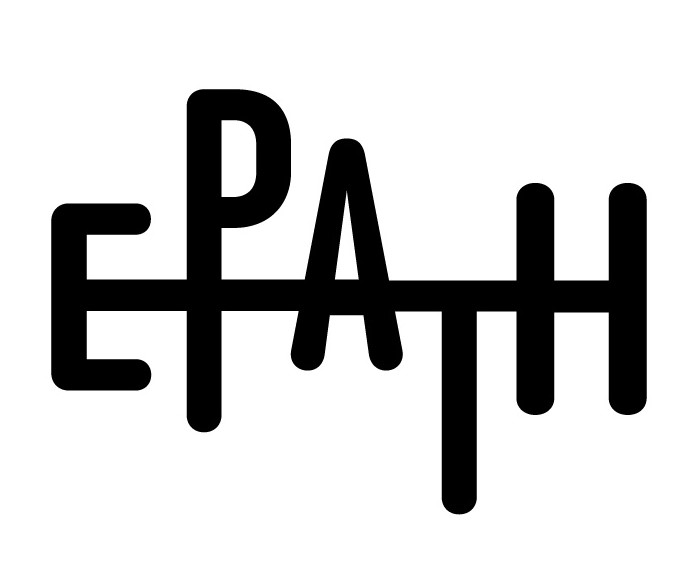Language Policy for Abstract Submission for the 2nd EPATH Conference
PRINCIPLES
This proposal:
- aims to be consistent with
- The WPATH vision statement which speaks of promoting (inter alia) “respect, dignity, and equality for transgender, transsexual, and gender variant people in all cultural settings”;
- The WPATH de-psychopathologisation statement of May 2010; which “urges governmental and medical professional organisations to review their policies and practices to eliminate stigma toward gender-variant people”;
- subsequent documentation reflecting these WPATH policies (SOC-7), which include a statement condemning treatment aimed at trying to change a person’s gender identity and expression;
- aims to balance a commitment to (on one hand) freedom of expression with (on the other hand) a desire to be consistent with our principles and by doing so to avoid becoming ‘part of the problem’.
- is a proposal for submission of presentation guidelines (relating to language), albeit that what is proposed carries very clear indications for our own EPATH documentation and any conference paper submission policies.
GUIDELINES
We encourage authors to present papers consistent with EPATH’s mission to promote health, research, education, respect, dignity, and equality for transgender, transsexual, and gender diverse people in all cultural settings; as well as consistent with the above mentioned WPATH statements. In particular, we ask that, when submitting a presentation (plenary, workshop, oral presentation, poster or otherwise) to EPATH, authors:
- avoid language which has the intention (or likely effect) of stigmatising or pathologising gender and bodily diversity (including a diversity of gender expressions and identities, as well as bodily characteristics).
Stigmatising and pathologising language (e.g. “disordered” or “abnormal” or “malformation”) should be avoided altogether. Although a diagnosis of Gender Dysphoria and Transsexualism is still used in many health care systems for giving access to state-funded trans health care, authors should refrain from reifying the condition (i.e, should refer to persons diagnosed with gender dysphoria or persons with a gender dysphoria diagnosis, rather than gender dysphoric persons or persons with gender dysphoria). In any case, affirmative language should be given preference, such as “gender and bodily diversity”, “gender diverse children”, “trans people”. Where persons who do not live with a gender expression / gender identity different to the gender assigned at birth are being discussed, authors should avoid the adjective “normal”, and use the term “cisgender” (or its variants). - avoid submitting papers reporting or advocating clinical interventions and practices which are not consistent with human rights standards, such as so-called reparative therapies, aimed at coercing or otherwise imposing gender conformity upon gender and bodily diverse persons.
- avoid employing misgendering language, e. language which belittles or undermines a person’s gender, for example, by referring to a person who identifies as female as “pretending to be female”, “natal male”, or by using ironic quotation marks (‘girl’) to describe the person.
- employ references to gender and sexual orientation that respect the gender identity of persons to whom they refer.
The references should be based on the self-description of the person, without assuming a concrete gender identity or sexual orientation, and include non-binary and fluid gender expressions and gender identities, as well as non-heterosexual, queer and non-binary sexualities. For example, a person identifying as female should be referred to by way of words such as girl, woman, female, she, and her, etc., according to the term she prefers. If she is attracted to women, she should be referred to as lesbian, gay, queer, etcetera, in line with her self-description. - When employing references to a person’s assigned sex at birth, authors should use terms such as birth assigned sex, or (if appropriate) legal sex, instead of natal male or natal female. Authors should not use the term biological sex or natal sex. If evidence is being presented on chromosomal, gonadal, hormonal, or genital sex characteristics, we ask that authors use those more specific terms. The term actual sex or actual gender should be avoided.
- refer to adult trans-identified individuals in a way that respects their gender expression/identity before social and surgical transition. The people concerned may have identified in their current gender identity even before undergoing transition. Pronouns should therefore be chosen in a careful way, without assuming a concrete gender identity, pronoun and/or name use. This principle also applies when the submitting author is citing the pre-transition work of a trans-identified author.
- Avoid the use of photos, videos or other visual representations that pathologise and stigmatise gender and bodily diversity, and/or comments on visual representations that are disrespectful of the person’s privacy and intimacy.
- Use of photos, videos or any other visual representations of individuals requires explicit consent of these individuals.
- Refrain from violating the children’s right to privacy by presenting photos or videos that reveal their identity.
- Avoid ethnocentric bias, be inclusive of cultural diversity, taking into account different concepts/practices/experiences, and include reference to the specific cultural context.

